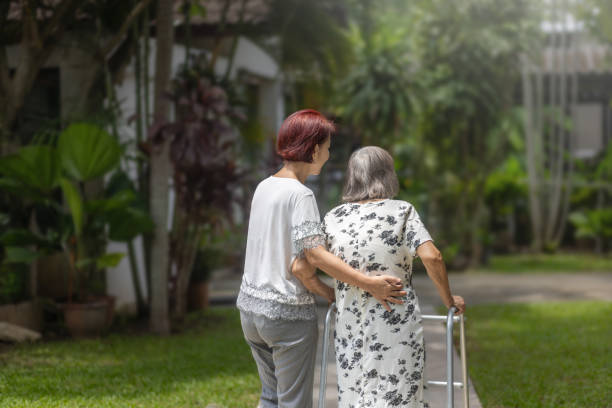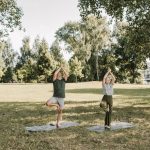When my mother started showing signs of reduced mobility, I knew it was time to step in and help her maintain her independence. Like many families, we were concerned about the risk of falls, which are a leading cause of injury among older adults. Through research and personal experience, I’ve learned how family members can play a crucial role in supporting their elderly loved ones to stick with a fall prevention exercise routine.
The Importance of Family Support
Family support is vital in encouraging older adults to engage in regular exercise. A study published in the Journal of Aging and Physical Activity highlights that older adults are more likely to adhere to exercise programs when they feel supported by their family. This support can take many forms, from providing transportation to exercise classes to simply offering words of encouragement.
“Getting an older adult to participate in routine activities is a great way to help them start to build strength and confidence,” says Dr. Beth Popolizio, PT, DPT, a Neurological Rehabilitation Clinician.
How Family Members Can Help
1. Create a Safe Exercise Environment
Ensure that your loved one’s home is safe for exercise by removing tripping hazards and providing necessary equipment like non-slip mats or sturdy shoes. According to the Mayo Clinic, modifying the home environment can significantly reduce fall risks4.
2. Encourage Consistent Activity
Regular physical activity is key to preventing falls. Encourage your loved one to engage in exercises that improve balance, strength, and flexibility. Activities like tai chi, walking, or water aerobics are excellent options. Research shows that structured exercise sessions can help older adults become stronger and more stable on their feet3.
3. Join Them in Their Routine
Participating in exercise with your loved one can be motivating and enjoyable for both parties. Whether it’s a daily walk or joining a local tai chi class, shared activities can strengthen your bond while promoting health.
4. Set Realistic Goals
Help your loved one set achievable goals for their exercise routine. Celebrate small victories together, which can boost confidence and motivation.
5. Provide Emotional Support
Emotional encouragement is just as important as physical support. Be patient and understanding, especially if your loved one is hesitant about starting an exercise program.
Latest Research Findings
Recent studies have reinforced the importance of exercise in fall prevention:
- A meta-analysis found that fall prevention exercises have moderately positive effects on balance, gait, mobility, physical function, lower limb power, and strength1.
- Another study concluded that while exercise significantly reduces falls during intervention periods, its effects may diminish without ongoing participation2.
Conclusion
Supporting an elderly loved one in maintaining a fall prevention exercise routine requires patience, encouragement, and practical assistance. By creating a safe environment, encouraging consistent activity, joining them in their routine, setting realistic goals, and providing emotional support, you can help them lead a healthier and more independent life.
Remember, preventing falls is not just about reducing risks but enhancing the quality of life for our loved ones. With family support and the right approach, we can help them stay active and confident.
References
- PMC10468295 – “What type of exercises should older adults engage in to improve fall …”
- PMC10727475 – “Exercise for falls prevention in aged care: systematic review and trial …”
- TheKey.ca – “Fall Prevention: 5 Ways to Improve Your Loved One’s Mobility”
- MayoClinic.org – “Fall prevention: Simple tips to prevent falls”
- HeroHomeCare.ca – “At-Home Fall Prevention Tips for Your Loved Ones”
- University of Manchester News – “Falls don’t have to be part of getting older”



